

Josh Nevett
6 Days Ago

Journalist
Unveiled at the Pebble Beach Concours d’Elegance, the Lincoln Model L100 previews some of the design cues that will appear on future all-electric models.
The large two-door coupe features a main U-shaped light bar underneath, while the front bumper is practically free of any air intakes and is broken up only by a thin light strip and illuminated Lincoln badge.
Around the side, the L100 features illuminated wheels, a very short front overhang, and a tapered tail.
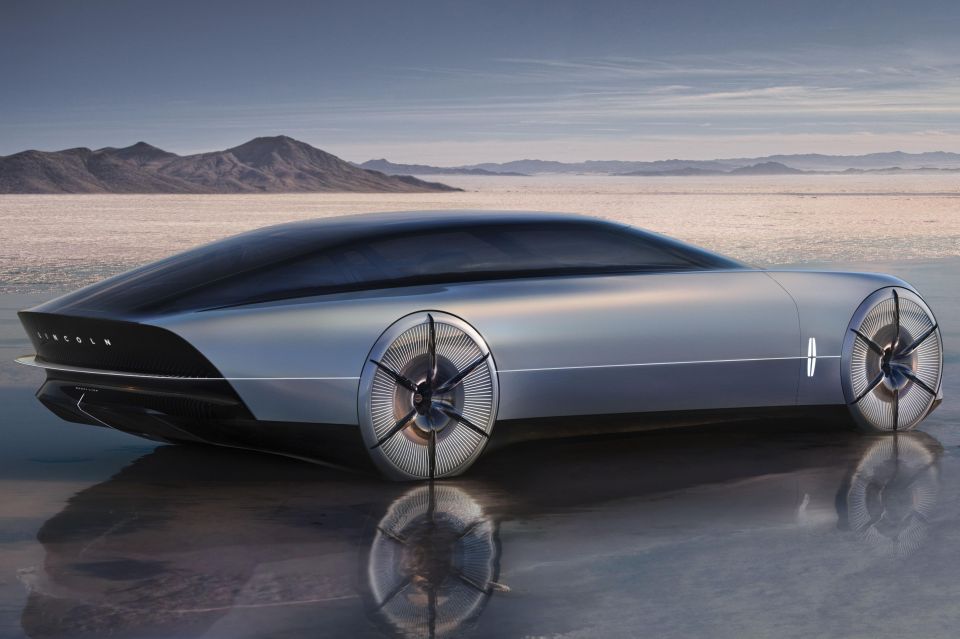
In the last decade, Lincoln has zigged while the rest of the luxury market has zagged. While everyone from the German brands through to Cadillac have placed a heavy emphasis on sporty handling, Lincoln has leaned into the American tradition of comfortable vehicles capable of soaking up mile after mile of the Interstate Highway System.
To emphasise its current “Quiet Flight” design ethos, the L100 concept is said to be a self-driving vehicle and, as such, it has a minimalist cabin with lounge-style seating.
Although Lincoln hasn’t provided dimensions of the L100, it looks suitably large and opulent — another callback to Lincoln’s most successful era.
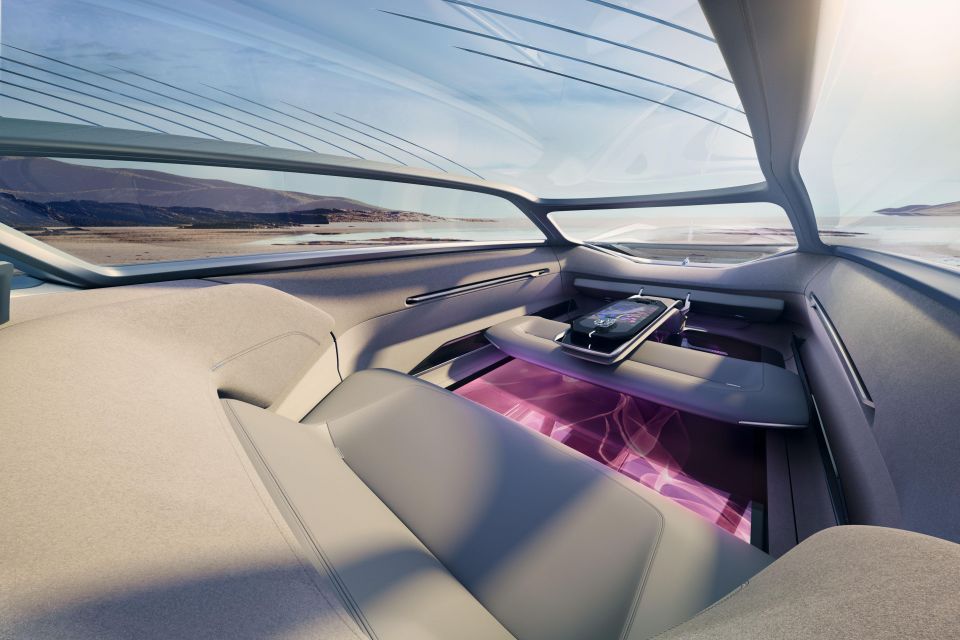
Getting in and out of the car should be cinch as its roof and two large reverse-opening doors are hinged at the boot.
It seems unlikely the L100 will translate into a production vehicle, given coupes are an increasingly rare breed. With its axing of the Continental and MKZ in 2020, sedans have been eliminated from the brand’s US lineup.
Like compatriot Cadillac, Lincoln now sells more vehicles in China than it does in the USA.
With sedan sales, and just as importantly prestige, still relatively strong in China, Lincoln and its local partner Changan have developed a new generation Zephyr sedan based on the latest Ford Evos and Mondeo.
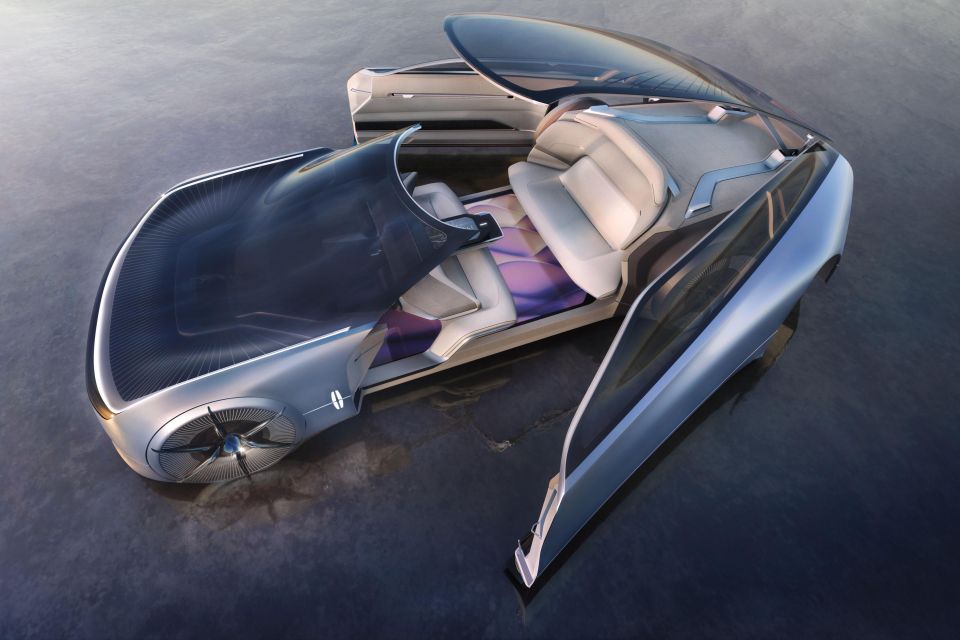
The Model L100 is said to be a homage to the 1922 L Series, which was the first redesigned car from Lincoln after Ford purchased the company in 1922 for US$8 million (roughly US$141 million or $200 million in today’s money) from receivership court.
Although Ford has been marking Lincoln’s “centenary” this year, that’s actually a slight bending of the truth, as the company was actually established in 1917 by Henry Leland, who had earlier founded Cadillac and sold it to GM.
Lincoln vehicles are currently sold in the US, Mexico, Canada, China, and most of the Middle East.
All of Lincoln’s vehicles are based on Ford platforms, and in recent years the Blue Oval has invested more time, effort and money in better differentiating Lincoln’s vehicles from its Ford siblings.
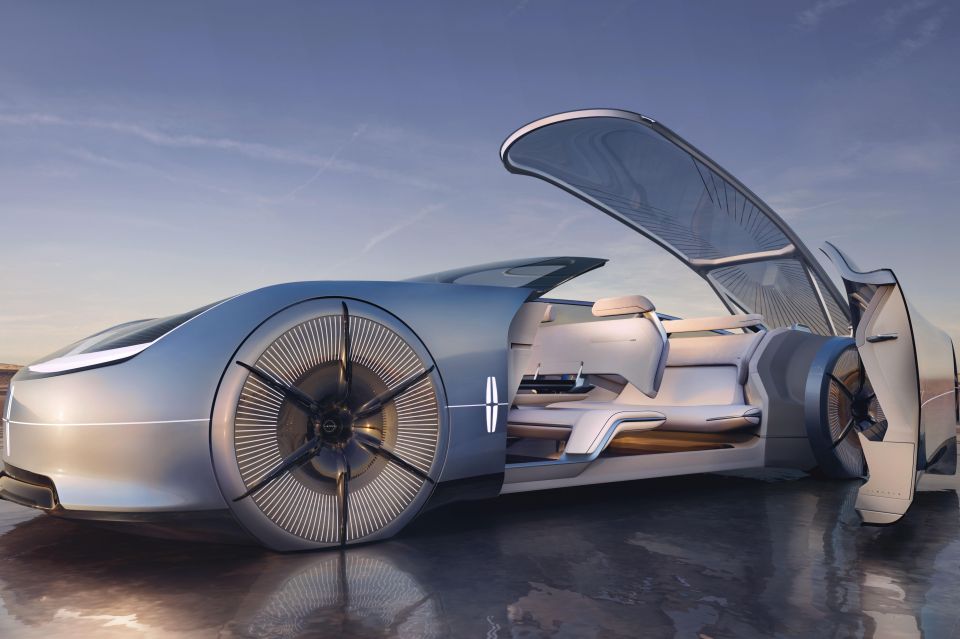
While Lincoln offers a couple of plug-in hybrids, it has been slower than many luxury brands in its transition to electric vehicles.
It revealed the Star SUV concept earlier this year, which Lincoln says “hints” at the design language for its future electric vehicles, of which it’ll introduce three by 2025.
A fourth will follow in 2026, and Lincoln expects more than half of its global volume to be EVs by mid-decade.
Acura, which we spoke about recently with the unveiling of its Precision EV concept, has had some of its vehicles — like the NSX and MDX — rebranded as Hondas for sale in overseas markets, including Australia.
Ford, on the other hand, doesn’t have a history of rebranding Lincoln products as Fords, so it’s unlikely we’ll see the L100 or its design cues ending up in local showrooms.
Take advantage of Australia's BIGGEST new car website to find a great deal on a Ford.
Derek Fung would love to tell you about his multiple degrees, but he's too busy writing up some news right now. In his spare time Derek loves chasing automotive rabbits down the hole. Based in New York, New York, Derek loves to travel and is very much a window not an aisle person.


Josh Nevett
6 Days Ago
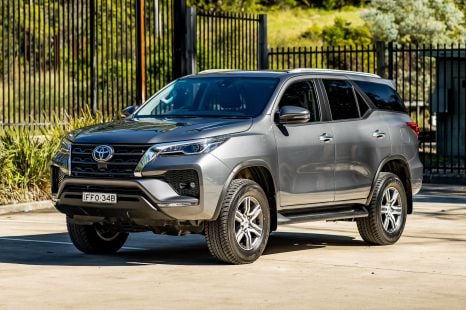

Matt Campbell
5 Days Ago
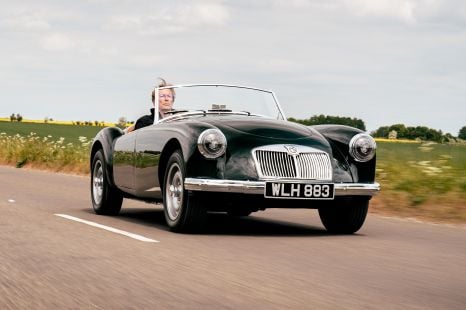

Angus MacKenzie
4 Days Ago
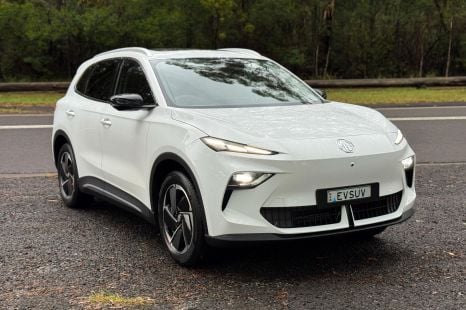

Matt Campbell
3 Days Ago
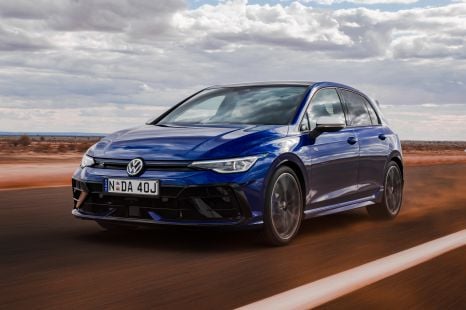

James Wong
22 Hours Ago
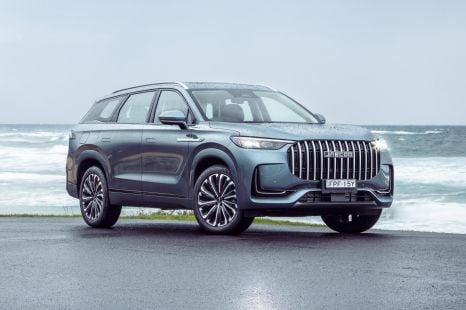

William Stopford
5 Hours Ago